A Dutch photographer explores ethnicity and identity… by opening kitchen cupboards.
Invite Erik Klein Wolterink over to your house and you may find him rummaging through your kitchen, opening up your drawers and cupboards. For the past few years, the Dutch photographer has been documenting the interiors of kitchens in Amsterdam, meticulously shooting everything—from the contents of the fridge to the cabinet under the sink—and assembling the photographs into large montages. His book Kitchen Portraits transports you to 11 kitchens in the Dutch capital, each ridden with clues about their owner’s age, background and… cooking abilities. Now, he hopes to bring the project to New York.
Roads & Kingdoms: How did you get interested in kitchens?
Erik Klein Wolterink: I am not particularly interested in kitchens. I can’t really cook… I am interested in our daily life, the stuff we use every day but don’t really see. The stuff everybody has, but still says a lot about the owners and about all of us.
R&K: So how did Kitchen Portraits start?
EKW: It started in art school, in my graduation year in 2007. I photographed my own kitchen and the kitchens of a few neighbors. Then, I saw an ad in an art magazine from the city of Amsterdam. They were looking for photographers with ideas on how to document the city. I wrote a plan to document the cultural backgrounds of inhabitants by photographing their kitchens – or better, the stuff in their kitchens. It was accepted, so I moved from Roosendaal to Amsterdam. This was a great project to learn about the city and the people.
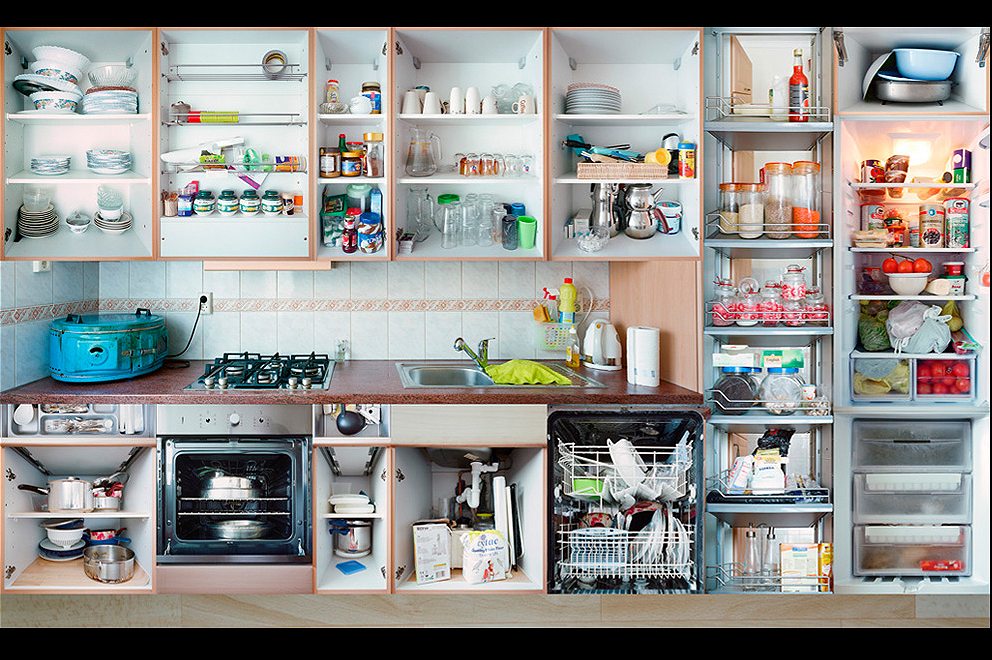
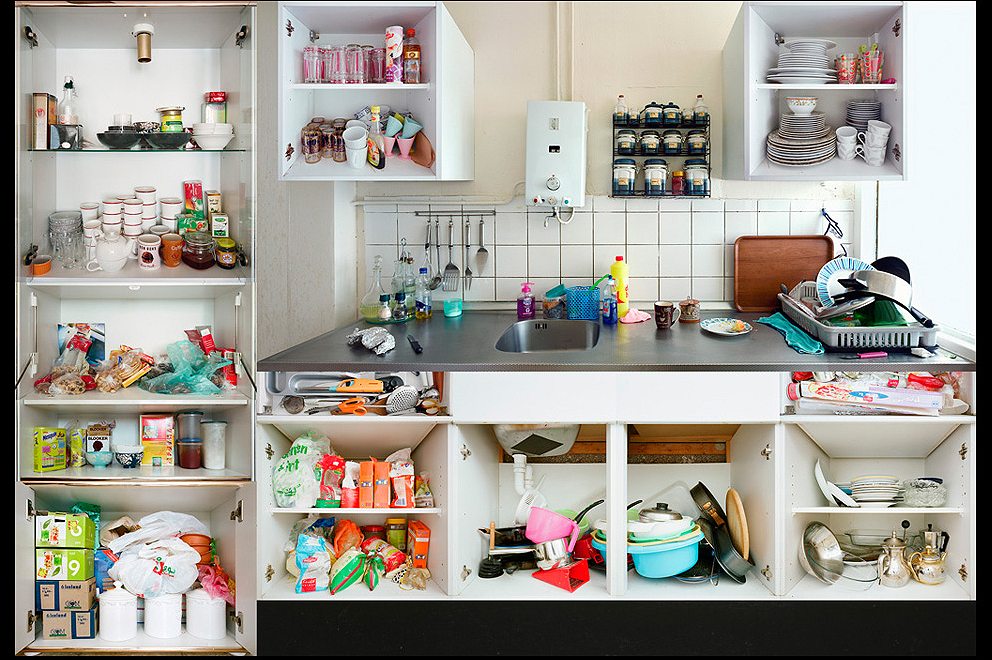
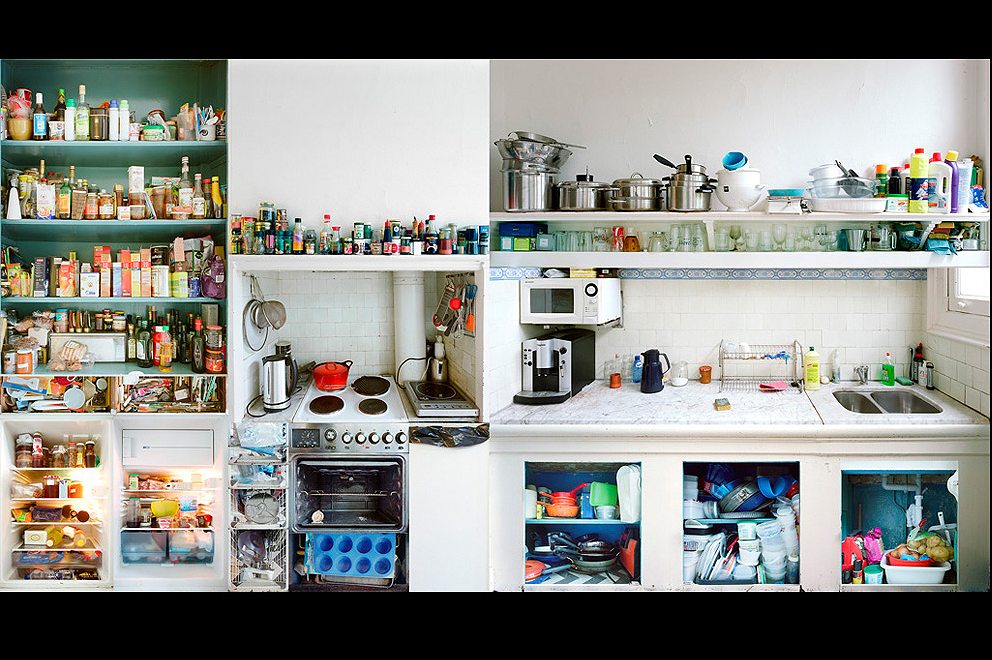
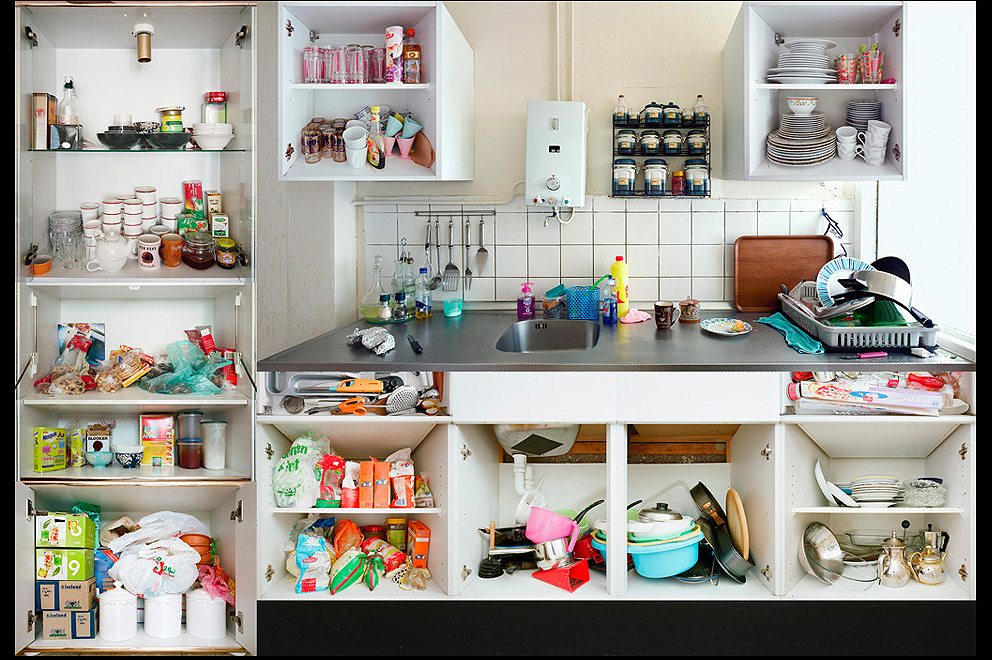
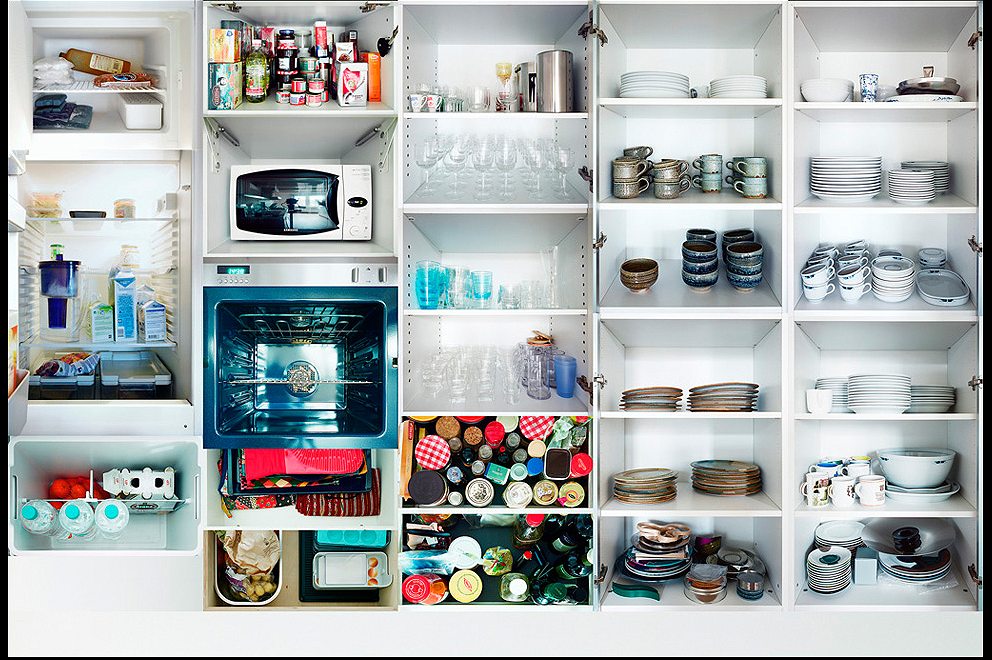
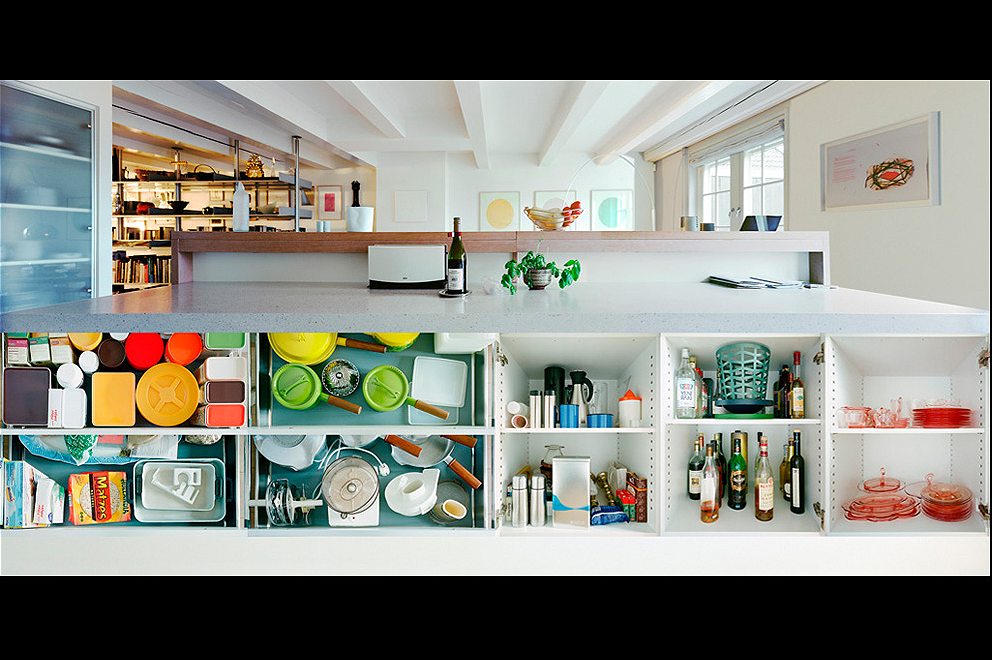
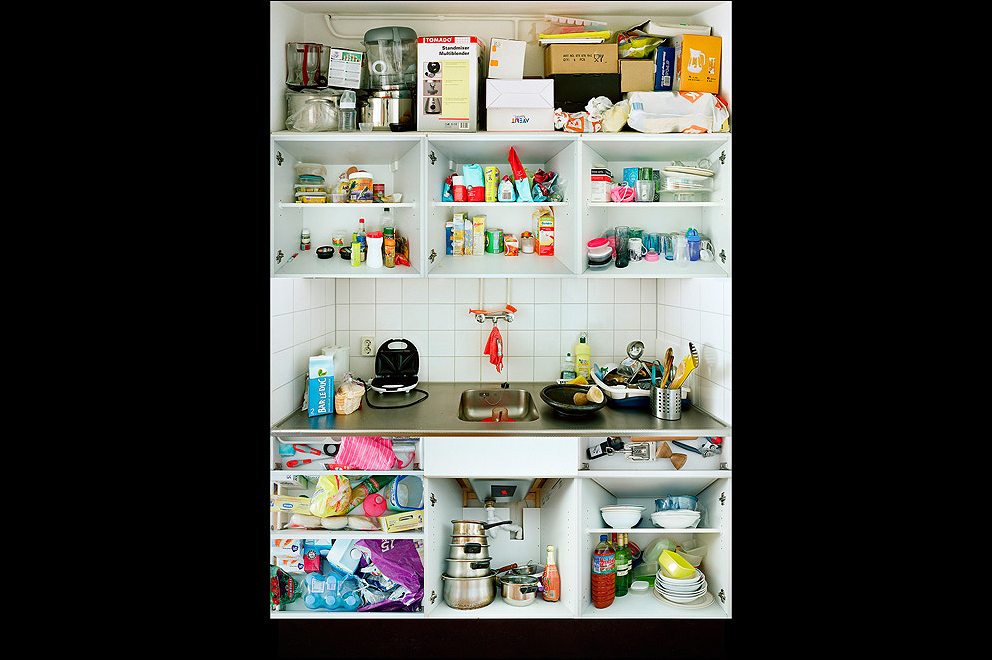
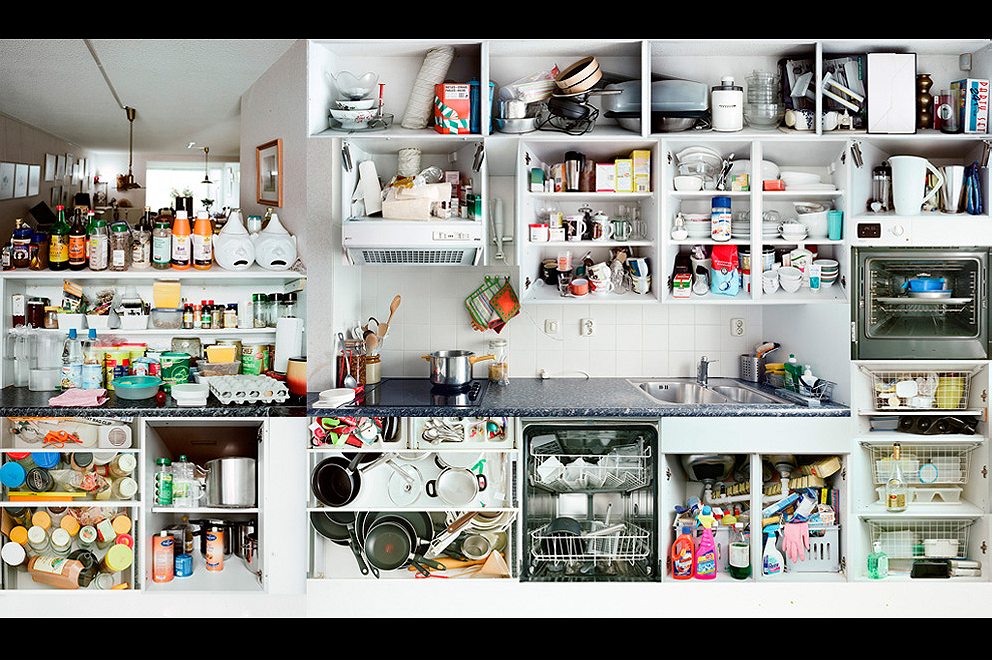
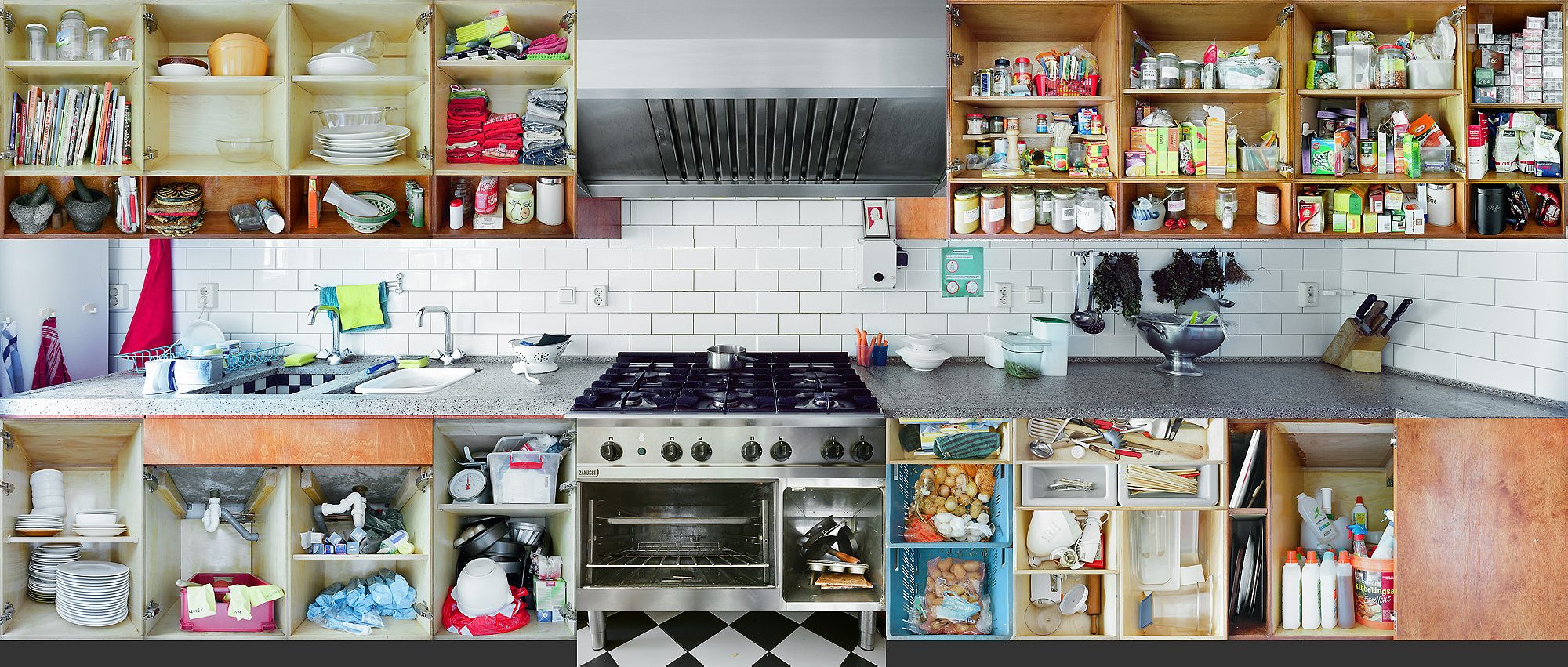
R&K: Where else did the project take you? I saw that you were in New York recently…
EKW: Just New York for now. That’s what I am working on at the moment. I did an investigation trip of two weeks to meet people and see what New York City kitchens look like.
R&K: Why New York?
EKW: Because I am fascinated by the idea of the city as a place where people form all around the world live close together. And the city where the whole world lives is of course New York! The melting pot!
R&K: There is a strong focus on multiculturalism and identity in your pictures… How do you think kitchens help show that? Instead of, for example, a bathroom or a bedroom…
EKW: Everybody has a kitchen. Everybody uses the kitchen… okay, there are a few exceptions… But it’s the first need in life: food and drink. So there is a lot of culture to see inside a kitchen. I was surprised for example to see sauerkraut in several kitchens in Amsterdam. I always thought it was typical Dutch farmer’s food. By the way, I grew up in the countryside as a son of a farmer…
THE KITCHEN IS A METAPHOR FOR A COMPLEX MULTICULTURAL REALITY
R&K: And can you tell me how you get into the people’s kitchens? How do you meet these people and what do you look for?
EKW: That is very very very difficult and takes a lot of time. I get into kitchens in different ways, mostly through friends of friends of friends of friends or colleagues. Also I have a special Facebook page called Kitchen Portraits which helps me connect with people.
R&K: Do you have preferences? I saw on Facebook that you were asking to get into kitchens of specific ethnic communities…
EKW: I like to show kitchens from all over the world. And my experience is that most people’s peers come from the same cultural background. I’m a white, well-educated Western man, so I am especially looking for “non Western” kitchens.
R&K: What does your kitchen look like?
EKW: My old kitchen is actually on my website. It’s called “mijn keuken” in Dutch. What’s funny is that some people analyzed it, not knowing it was mine. They said things like this owner isn’t much of a cook, he uses old-fashioned stuff, he eats microwavable meals… My wife wasn’t very pleased! It is quite intimate to let someone look into your kitchen…
R&K: I imagine that some people try to clean up before you come?
EKW: Yes! But I thought of that and I have a trick…. I visit them twice. Before my first visit, I tell them that I won’t be photographing, so they don’t need to clean anything. I come to meet and talk, and I see the kitchen “normal.” And if I decide to do it, I make an appointment for the shoot and tell them: don’t clean, otherwise I won’t photograph. This works most of the time.
R&K: Can you explain the montage process? These images aren’t made up of one single photograph, right?
EKW: Each kitchen is made up of 15 to 30 photographs. Every drawer, every shelf, every cupboard is one distinct photo. The montage process takes days. I use a Hasselblad SWC (superwide angle) and a Cambo Wide—both film cameras—and after that, I scan the negatives at a high resolution so I can print the kitchen on life-size scale… Then I glue the photos on the wall next to each other.
R&K: Where have you shown these massive prints? Is this still a work in progress?
EKW: I showed some in Galerie Bart. The Amsterdam project is finished and I am showing it at several exhibitions. Now I’m solely working on New York. Overall, you can see this project as an atlas. Each kitchen is a sort of map, and to me the kitchen is also a metaphor for a complex multicultural reality and a document of the time we live in. I hope people can learn things from my photographs and maybe understand each other a little more.
You can see more of Erik’s photos here and keep up to date with the project on Facebook